This week we had the honor of chatting with Len Zaichkowsky, PhD, retired Professor from the Boston University, World-class’ sports biofeedback expert, and performance consultant who has worked with many elite pro teams (Vancouver Canucks (NHL), Real Madrid, National Spanish soccer team…) over the years.
?Show Notes: Throughout our conversation, we touched on how he started his career in biofeedback, how important biofeedback is to players’ mental health and how it can impact their performance over time, and his experience working with pro teams like the Spanish national soccer team (La Furia Roja) during the 2006 Soccer World Cup in Germany. We also touched on his experience as an entrepreneur and his view on emerging technologies.
?Best Quotes: Here’s some of the key discussion points and best quotes from our conversation with Len or Doc Z as many call him:
- On how he started his career in biofeedback: “It started when I was really a graduate student. I’ve always had an interest in technology for sure. But interesting developments happened in the 1960s where people like Dr. John Basmajian in Ontario and Barbara Brown in California, Neil Miller, Joe Kamiya in California, also Tom Budzynski in Colorado, and others started publishing papers that described how with sensors placed on the human body, you could record physiological functions and if subjects could receive feedback (visual or auditory), they could regulate that modality. For example if a sensor was put on the frontalis muscle and the signal was fed back to the client, he or she could learn to raise or lower the microvolts of activity at will. Dr. Basmajian even taught his clients to self-regulate single motor units. Barbara Brown and Joe Kamiya taught clients to self-regulate brainwaves with feedback. And Neil Miller was incredible when he showed that animals and humans could learn to self regulate heart rate (..) At that time people thought that HR regulation was not possible, but it was amazing research which was then published in the best journals. And they formed a kind of a loose association that ultimately turned into be the Biofeedback Society of America and later BCIA. And when I was a grad student reading that literature, I said, this is all about self regulating stress responses. And at the time I was working primarily in sport. So, I thought: “Why couldn’t the same concept be applied to sport?”.
- On how important biofeedback is to players’ mental health and how it can impact their performance over time: “There’s plenty of evidence in the mental health field and medicine in general that biofeedback technology used properly with guidance can really teach good, strong self regulation skills with different modalities. We use EMG for regulating muscle tension, temperature biofeedback for regulating skin temperature, heart rate, and now, heart rate variability for regulating cardiovascular responses. Likewise we use skin conductance feedback for regulating human sweat responses.And of course the brain, which is interesting (..) EEG measurement and training used to be part of biofeedback, but then later on, about two decades ago, neurofeedback became the term used to describe “biofeedback of the brain”. So as I said earlier, there weren’t many of us really working in biofeedback and sport in the early days. Sue Wilson in Ontario was doing sport in biofeedback. Eric Peper in California. Bruno Demichelis at AC Milan started using biofeedback and coined the idea of the Mind Room”.
- On how he ended up working with pro teams: “When I retired from Boston University I went to work full time for the Vancouver Canucks in the National Hockey League (NHL) in 2010, I presented them with the opportunity to start what I call the “Mind Gym”. Essentially, it was psychophysiology /biofeedback to train self regulation skills to professional ice hockey players. And it was such a new concept to pro athletes. Although, as I mentioned earlier, it has been used in Europe at AC Milan and Bruno Demichelis later introduced his “MindRoom to the Chelsea football club. And I later assisted Real Madrid with their MindRoom when Valter Di Salvo was there. Di Salvo later introduced the “MindRoom” concept to ASPIRE in Qatar. I’d have to say I’ve had some really good success using psychophysiology/biofeedback when I was with the Canucks. We didn’t publish any of that data because it was considered to be confidential”.
- On the necessity to educate coaching staffs on what neurofeedback is: “It’s a big educational effort with players. It was constant education. And of course you have to deal with the coaching staff too in pro sport. You have to try to explain that to them as well in manner which they will understand. And if they’re considered what we might call old school coaches, they’re skeptical of it. So it’s always pushing a boulder up a hill, but I think we’ve made some wonderful progress. In particular, the advancement of technology has allowed furniture size equipment to be reduced to devices smaller than a cell phone.
- On the stress that many players have to endure right now due to COVID-19 and many uncertainties: “For sure and I’m certainly on a daily or weekly basis, working with professional clubs and talking to players and yes, there is that uncertainty there. They’re at the top level because they have a certain amount of resilience and mental toughness, but they’re human beings also. And they have this incredible uncertainty that brings upon increased levels of stress and imbalance in their sympathetic nervous system. Naturally, they are concerned about their own safety, and the safety of their families. They’re concerned about their careers as well, the season ending perhaps prematurely, when is it going to start again? So these stressors all pile up and the problem is that it came on so fast that most clubs weren’t in a position to get players and staff ready, that they’re away from the training facility, and they didn’t even have basic physical training equipment, let alone equipment that could help them in self regulation of stress”.
- On the fact that coaches and players can use mental health and relaxation apps to teach them self regulation skills: “ The good news is that there are plenty of good apps out there. We just have to educate the players and the clubs about the availability of these apps to teach self regulation skills at home to help them with the stress response”.
- On his experience working with the Spanish National soccer team in 2006 during the Soccer World Cup: “I would have to say, Julien, it was probably the highlight of my professional career, working in all sports around the world. It really opened my eyes to what high quality football/soccer is. Here in North America, up to that time, we weren’t getting much quality football. For sure the MLS was around then and reasonably good, likewise at the collegiate level, good competitive football, but certainly not at World Cup level. And of course the quality of the players on the Spanish team was exceptional in ’06. You may remember that the World Cup was in Germany then. Spain lost to France, I think at the round of 16, and it was a close game. But then the same team led by Luis Aragonés in 2008 ended up winning the European Championship. That was significant and the country just went nuts over that win. And then Aragonés retired shortly after that, and I’d moved to Vancouver by then and I was introducing sport science to the Canucks.
- On if he was able to use biofeedback with the Spanish soccer team: “It was impossible because I had my lab set up in Boston at Boston University back in ’06. Portable equipment were just virtually nonexistent, but I taught them self regulation skills and the importance of regulating their respiration, teaching them breathing techniques as the stress of the contest was appearing. And then with all these players, they were so good that pre game jitters would disappear once the game started. They also had a tremendous work ethic and great respect for each other. I know that was one of the concerns that the coaching staff had, given that Spanish National players came from all over Spain and all over Europe and the trick was to bring them together for a short period of time, get them prepped for competing against the best clubs in the world. Would there be a little bit of dissension? They all had pretty big egos, but no, they blended so well as a team and in the game of soccer football, nothing is more important than working together as a team in order to be successful. And for that reason they were. But yes, we worked on the self regulation of the stress response as a big part of player preparation”.
- On the fun part of his job and his work with elite teams: “I left academia to go work in professional sport. I wanted to give something back to high performance sport. Sporting organizations have historically been skeptical of “academic experts” and I was aware of this. I wanted to dispel the “Ivory Tower” impression. I virtually traveled all over the world, working with Olympic organizations and pro clubs and giving practical advice based on good science. So after leaving Vancouver, when the National Hockey League went on strike, I decided that I should try just doing some consulting work and a little bit more writing. The bulk of my consulting work is with lowering athlete stress responses and enhancing their performance. I learned a lot about the importance of physical and cognitive recovery and used heart rate variability for helping athletes recover, which is a big part of what I do now. And I’m also helping organizations with talent identification. Now that doesn’t involve a whole lot of psychophysiology, at least at this point in time, but I’ve had many years of experience in talent identification and professional organizations still want my expertise there”.
- On the most challenging part of his job: “Coaches are resistant to change. But I think as good educators, we can change that a little bit at a time. And the other thing I’m doing Julien, you probably know that I wrote the book with Dan Peterson, my co-author, called The Playmaker’s Advantage, which was a pretty strong look at the importance of decision-making in sport and making correct quick and accurate decisions on the pitch, on the field, on the ice. Not many sport scientists have written about athlete decision making”.
- On his latest venture called GameSense: “The company is called GameSense Sports. You can check it out on the web, but it uses the scientifically demonstrated and well-documented method of “visual occlusion”. And what that means is that if your audience appreciates baseball, the batter is watching on his tablet or his phone, real live pitchers throwing a baseball at 80 or 90 miles an hour plus. And you as a hitter have to anticipate/decide whether that pitch is going to be a fast ball, a breaking ball, or a change up, and whether it’s going to be a strike or a ball. The teaching method shows only the release of the pitch and not the full throwing action. The idea is to teach the batter to recognize what kind of pitch that is by studying carefully the “occluded” videos (…) So during this virus attack, we’ve had wonderful success with the baseball community where this allowed players of all abilities to “try it at home”.
- On the emergence of new companies building contactless biosensors like Vayyar an Israeli company, that has built a tiny radar chip that can measure HR, stress, and even sometimes blood pressure, without any contacts to the skin: “The Israelis have always been pretty advanced in their use of technology and algorithms. (..) If we can move down into having sensors not even being attached to the body and the data are valid and reliable, that would be amazing. Now athletes don’t have to worry about how this might impede their performance on the field, on the ice, the pitch, having sensors on their body. Athletes have always resented wearing anything extraneous on their bodies. And in particular, when EEG started to make a move, nobody wanted to wear electrodes attached to their scalp. That’s why EEG has had such difficulty catching on as a feedback system in sport. Heart rate and heart rate variability are much easier and not as intrusive. That’s gotten some pretty good traction. Skin conductance is also relatively easy to use. So yeah, that’s great news to hear (about contactless biosensors), and I’ll be looking forward to reading about that”.

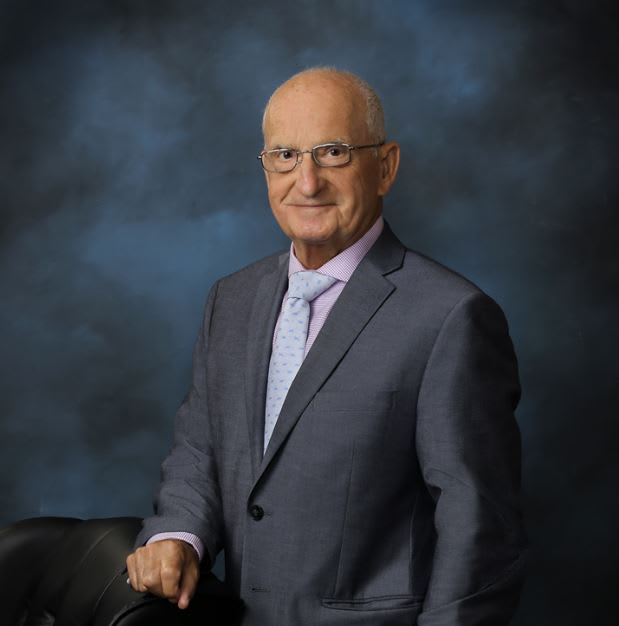
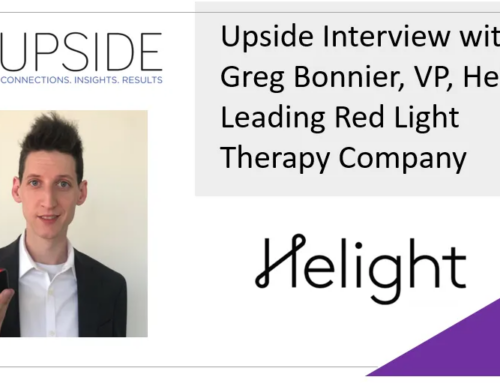
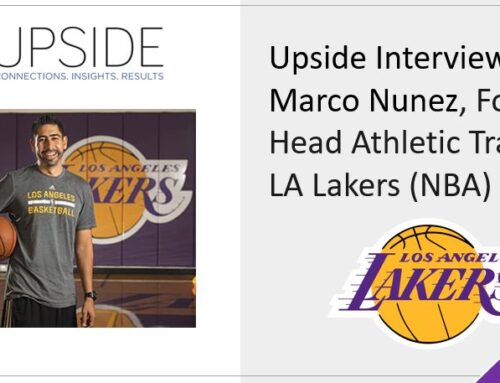
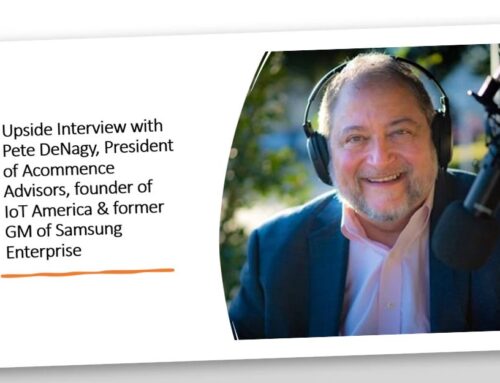
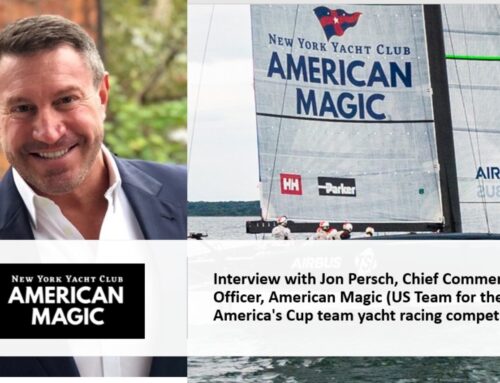
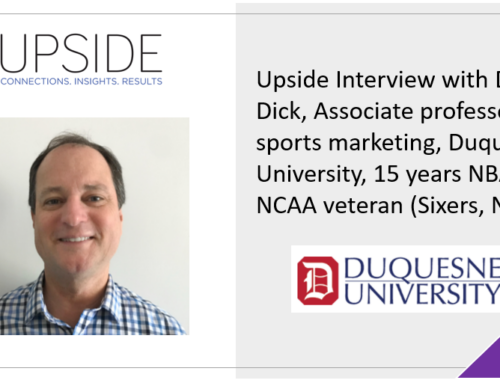
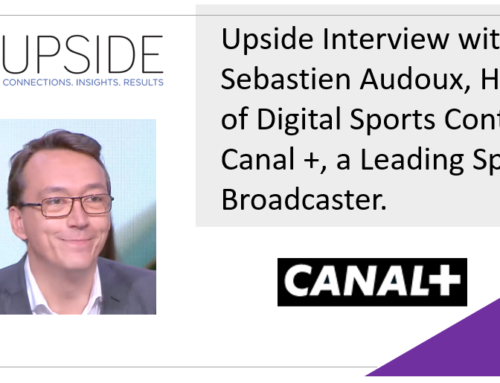
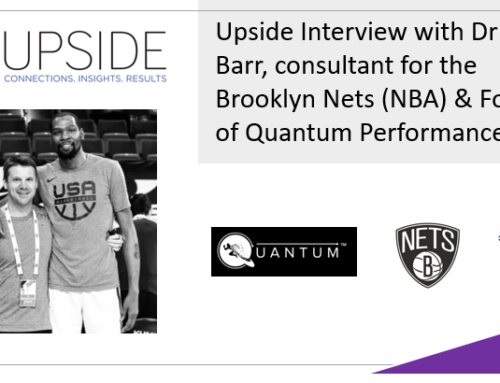
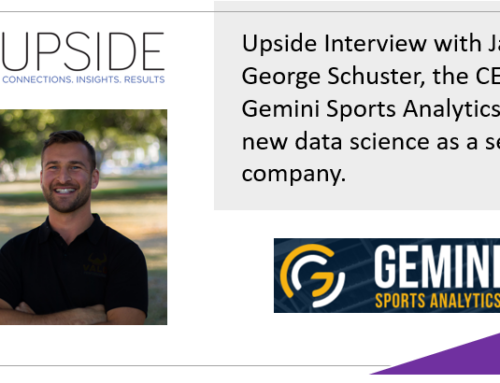
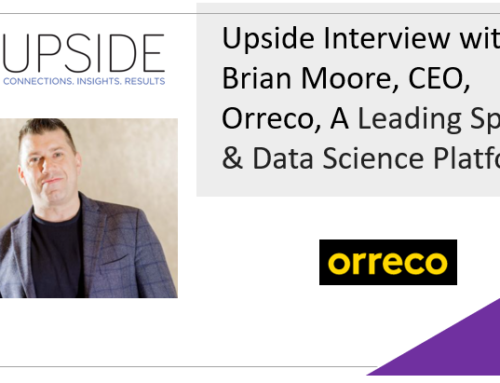

You must be logged in to post a comment.